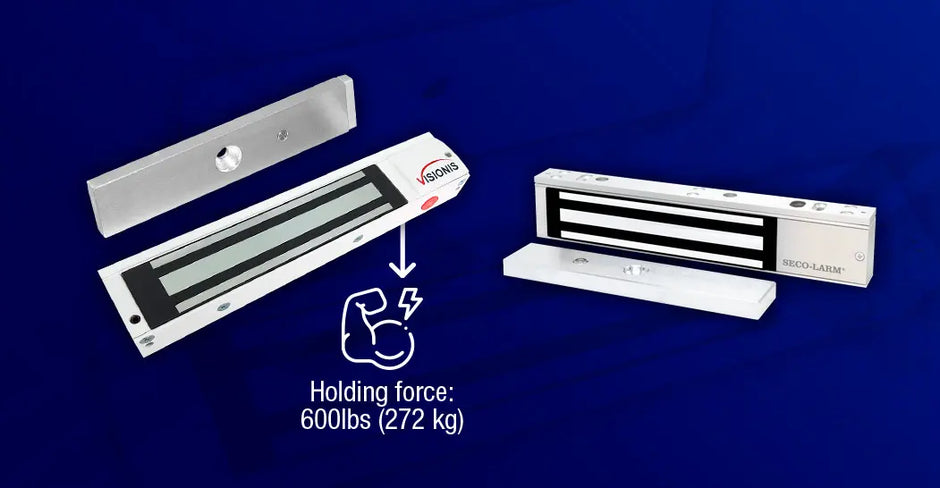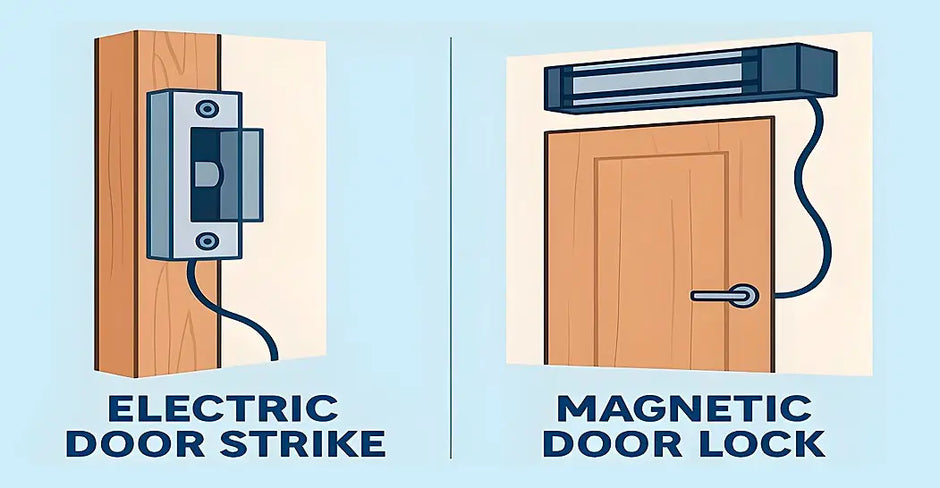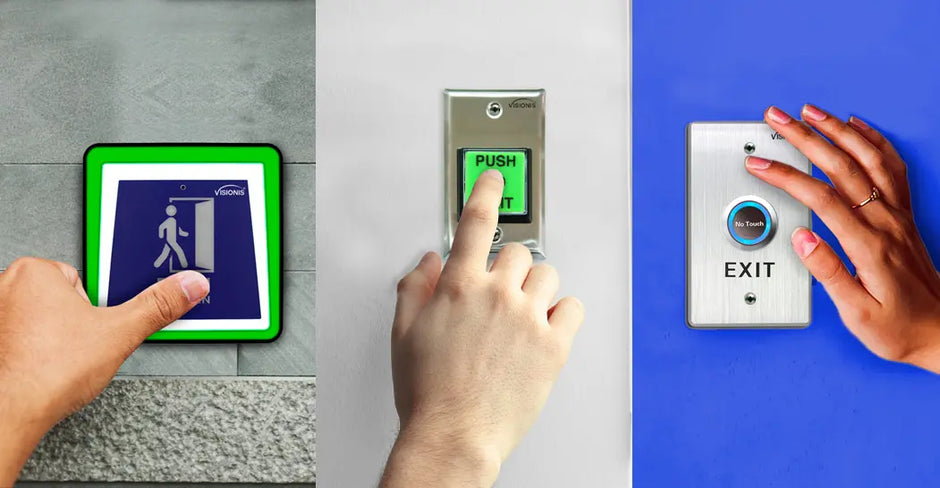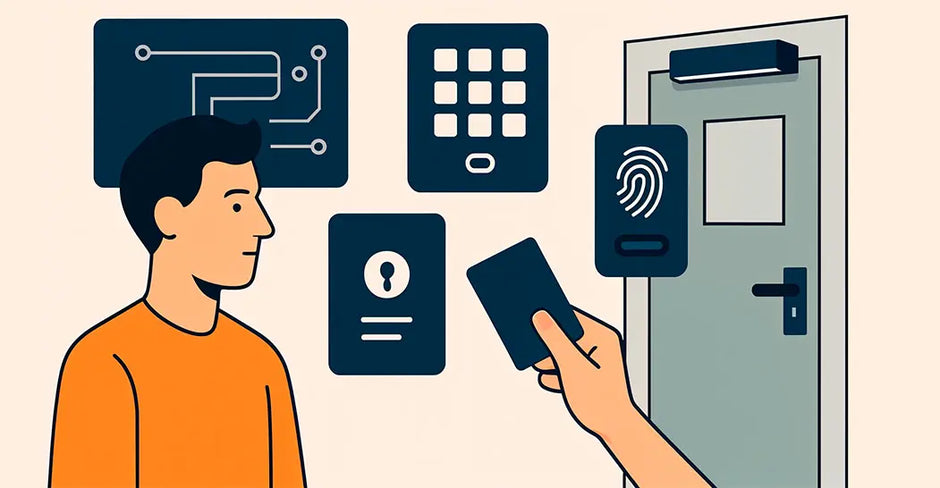Proximity Cards World
The most important part of any commercial property is the physical access. It influences the overall security and who is in the building, which is why in terms of safety, everybody wants the best. Intruders, thieves, and other unwanted visitors may cause irreparable damage that can cost you thousands. This is the reason why safeguarding your premises is a top priority. At FPC security, we offer you proximity card systems that will enable you monitor, track, and review who enters and exits your property.
Many organizations nowadays utilize a proximity card to enhance security levels and ensure that their capacity is increased. The advancement in technology has substantially decreased the cost of these specialized cards. This is why at FPC Security, we make them even a viable option for everyone regardless of the budget. Learn more about what they are, the types, how they work, and why you need them and decide if it is time to give us a call for an installation, an upgrade, or repair.
What is a Proximity Card?
A proximity card is also known popularly as an access control card or prox card. These cards work with physical access systems like door systems to open and close doors wirelessly. They are a perfect replacement for conventional keys and locks.
The cards are available in many forms, and are programmed using a proximity card software to load it with data that allows or restricts access through a particular entryway. The wireless proximity card reader takes note of the data and transmits it to the control panel. It only works within a specific range.
Access control cards have many applications. Industries use them to restrict access to private or prohibited places. Government buildings, chemical plant industries, hospitals, schools, and businesses with large premises among others are few examples where the cards are popularly used.

Proximity Card Types
As a security company with a rich experience in the industry, FPC offers any type of card with a wireless proximity card reader you desire.
PVC Cards
PVC cards, like the name hints, are designed from a durable synthetic plastic Polymer, polyvinyl. They are loaded with data that allows the proximity card software to read them and allow entry to particular areas. The cards are of the same shape and size as the standard credit card.
Composite Cards
Unlike the PVC cards, the composite types are created from a much more durable composite material of polyvinyl and polyester. As such, they are the ideal choice for cards that resists high temperatures when they are being laminated. However, the size is the same as that of the PVC proximity card.
Printable Cards
These are access control cards that are printable and programmable with proximity card software. If what you want is a printable ID card, they are worth looking into as not every proximity card is designed from materials that support printing. These cards are encoded using a proximity card software to make them effective.
Key Fobs
Key fobs are small access control cards that are made to perfectly fit on your key ring. It is also equipped with a key ring slot. Although they are programmed with a proximity card software, key fobs are small, but they work with the same principle.
Adhesive Tags
These are not prox cards per se, but they can be made into one. They work like physical control access cards and when stuck together, they make a seamless card. Adhesive tags can be attached to wallets and phone cases among other items. In most cases, the tags are used to make employee cards into access control cards.
Clamshell Cards
These cards have the proximity antenna sandwiched between two compact pieces of PVC. This makes them thicker than the standard card size. They cannot be printed using the typical ID card printer.
Magnetic Stripe Cards
With a proximity card software, you can program data to these types of cards using the HiCo magnetic stripe it is equipped with. This makes them versatile and ideal as prox cards.
How the cards work
Now that you know that these cards are extensively used to control who and where someone goes in your building, how exactly do they work?
These card access systems are made up of four elements. The cards themselves, the reader, which often come with keypads, the access control panels, and the user interface or the control server. The proximity card software control panel continuously runs a process that determines whether one is allowed entry or not. This it does through specific criteria.
If the card isn’t valid or isn’t within the specified range, or if the codes do not match the ones granting access to a specific area, the wireless proximity card reader will send a signal that will restrict you from gaining entry.
With the user interface, you can configure the control panel, delete, add other user cards, manage permissions, and even generate reports.
The following is a tip on how the components work together.
Majority of access control cards house a wire coil that makes the antenna, an integrated circuit, and a capacitor. These components make the card thicker than traditional ID cards although with a slight difference.
The wireless proximity card reader is embedded in the control system panel with wires. The wires make it easy for the proximity card software to read the programmed data apart from powering the reader. The communication between the card and the reader is through radio frequency technology of 125kHz, through a process referred to as resonant energy transfer.
The reader’s antenna progressively transmits short-range frequency fields. Two processes take place when the card is brought within the range of the reader. The first involves the card itself.
Brought close to the wireless proximity card reader, the card absorbs the field’s energy. This is the energy that activates the card. It is transformed into electricity, which in turn powers the circuits in the card, enabling it to transmit the number to the wireless proximity card reader.
Through the proximity card software, the reader determines whether the number is correct or not. It then performs what it is programmed to do in both cases. That’s is, it transmits the data to the control panel, which goes through the database to check whether the number is valid or not. If it is correct, a signal is sent to the door lock, allowing it to be opened for a specific amount of time.
These cards only work within specific ranges. The type of card determines the range at which it works. Some cards are designed to activate cards from a much wide read range.
If you are looking to transition your standard access systems with a card and a wireless proximity card reader, FPC Security can help you make the transformation easy. We have unparalleled experience with control access systems and security.
It doesn’t matter whether you want a proximity card for a single door or multiple buildings, we offer the complete solution and service at competitive prices.

Why is Physical Access Necessary?
The need for heightened security and the use of cards that are managed or configured using a proximity card software is one reason that makes physical access essential. It allows you to implement a system that only allows specific types of people to certain spaces while restricting others.
In a nutshell, if you run a business, employees will be allowed to the necessary departments leaving you with access and control over all your premises or rooms. Physical access makes running of businesses convenient and seamless.
Advantages of Access Control Cards
- A proximity card is easy to use and much convenient to carry around. Some are fitted to your key rings, and with their small size, you can store them in your wallet. Also, a majority of the cards are made of durable synthetic plastic, which ensures long life.
- Compared to conventional keys and locks, the installation process is simple, not to mention the maintenance. As a result, it saves you lots of money both in terms of installation and the security they offer.
- There is less damage to your locks or systems. A wireless proximity card reader reads the card without the two coming into contact. This is why they are also highly convenient for you and the users.
- A proximity card is better in security as opposed to a traditional lock. They are difficult and impossible to duplicate. As such, you are always confident about your security system. What’s even better is the way the technology keeps changing and these cards are adopting even better security measures.
- Access control cards are a novelty in terms of assurance to businesses. They allow you to have trusted user access cards, privacy, convenience, and the security you could ever desire in one system.
- These cards are versatile and applicable almost everywhere regardless of where they are installed.
- Any card and its wireless proximity card reader can be integrated with other smart technologies. These secure cards can be incorporated into sophisticated technologies like smart cards, hologram printing, specific types of logos, photographic IDs, microprinting among others. This is why they are necessary for particular workers who need access to various departments apart from maintaining a secure access to multiple buildings all the time.
Those and many more reasons are why you need physical access systems. Don’t hesitate to give us a call if you are in Texas, California, Florida, New York, Georgia, Illinois, North Carolina, Pennsylvania, Michigan, and Tennessee. If you are scouting for a wireless proximity card reader, the cards themselves and all its accessories, FPC Security has your back.







